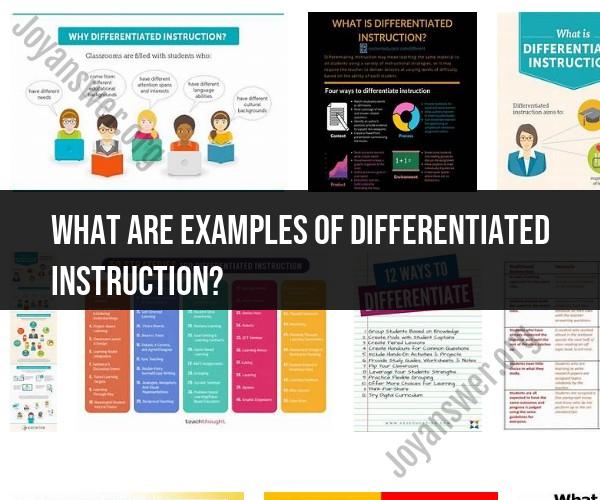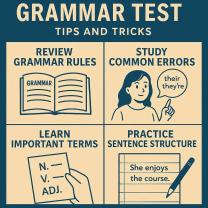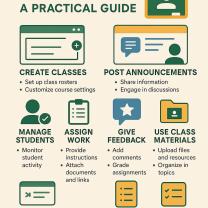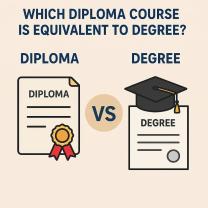What are examples of differentiated instruction?
Differentiated instruction is an approach to teaching that recognizes and accommodates the diverse learning needs, abilities, and interests of students in the same classroom. It involves tailoring teaching methods, content, and assessments to meet the individual needs of students. Here are some examples of differentiated instruction strategies and techniques:
Tiered Assignments: Assignments or tasks are designed at multiple levels of complexity to match students' readiness levels. Students can choose or be assigned tasks that best suit their abilities.
Flexible Grouping: Students are grouped and regrouped based on their abilities, interests, or learning needs. Groupings may be homogeneous (students of similar ability) or heterogeneous (mixed ability) depending on the learning objectives.
Varied Content: Presenting the same concept through different resources or materials to cater to different learning styles and preferences. For example, offering readings, videos, or interactive simulations on the same topic.
Choice Boards: Providing students with a menu of learning activities or assignments related to the same topic. Students choose the activities that align with their learning styles or interests.
Learning Contracts: Individualized contracts that outline specific learning goals, tasks, and assessment criteria for each student. Students work toward meeting the goals at their own pace.
Modified Assessments: Adjusting assessments to align with students' abilities and needs. For example, providing alternative forms of assessment such as verbal presentations, projects, or portfolios in addition to traditional tests.
Scaffolded Instruction: Offering varying levels of support for students as they progress through a lesson or unit. Initially, more guidance is provided, and as students become more proficient, the level of support decreases.
Interactive Technology: Using technology tools, such as educational apps, online simulations, and adaptive learning platforms, to provide personalized instruction and practice based on students' performance and progress.
Alternative Homework Assignments: Allowing students to choose from a list of homework assignments that address different learning objectives or styles. This gives students a sense of autonomy and ownership in their learning.
Peer Tutoring and Peer Teaching: Encouraging students to work together in pairs or small groups where more advanced students can assist their peers in understanding concepts.
Interest-Based Projects: Allowing students to choose project topics that align with their personal interests or passions. This can increase motivation and engagement.
Pre-Assessments: Administering pre-assessments before starting a new unit to gauge students' prior knowledge and skills. This helps in tailoring instruction to what students already know.
Differentiated Reading Groups: In literacy instruction, grouping students by reading level and providing texts appropriate for their reading abilities. This ensures that students receive instruction at their instructional reading level.
Alternative Materials: Offering alternative textbooks or reading materials with different reading levels and complexities.
Supportive Learning Environments: Creating a classroom environment where students feel safe to take risks, ask questions, and express their individual needs.
These are just a few examples of differentiated instruction strategies. Effective differentiation requires ongoing assessment, flexibility, and a deep understanding of each student's learning profile. The goal is to ensure that all students have the opportunity to reach their full potential and make meaningful progress in their learning.












